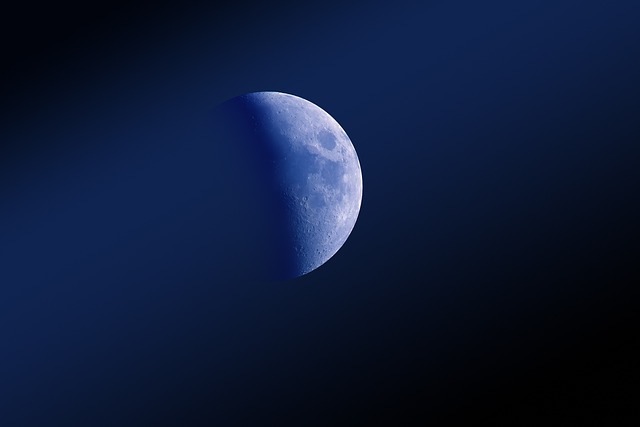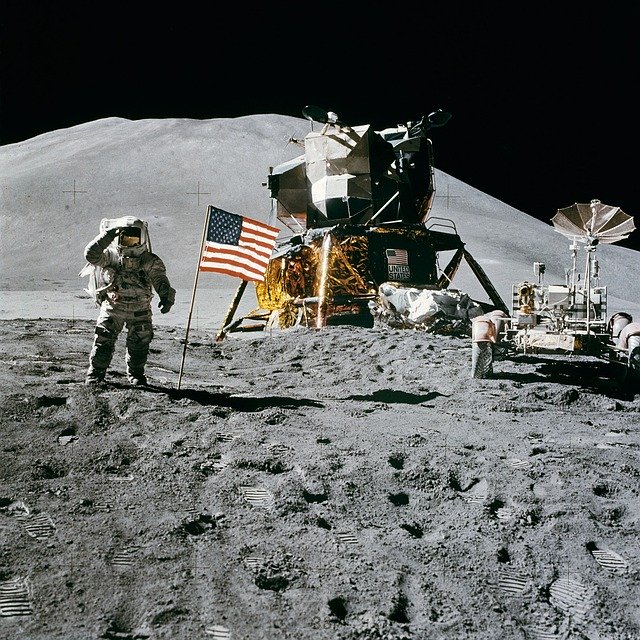The Moon, a faithful contemporary of the Earth, revolves around its own axis and orbits the Earth 360° in the same amount of time, 27.3 Earth days. In its orbital cycle from new moon to new moon, the moon orbits the earth (counterclockwise) in 29.5 days, while the earth rotates about 30° during that time, thus orbiting 390°.
Thus, we can see different parts of the Moon during its cycle, depending on the amount of sunlight that hits it. The new moon is a period when the moon is not visible at all because the sun shines on the dark side of the moon, and then the familiar D-shaped “crescent” moon appears and the moon is in “waxing and waning” phase. Although no longer a crescent, phases 3 and 5 are when the right or left half of the moon is illuminated.

Although the Moon\’s gravity is not very strong (1/6th of Earth\’s gravity), when combined with the Sun\’s gravity, the gravitational effect on the Earth is quite large. This situation occurs when the Moon is either new or full. This is when the sun, moon, and earth are traveling almost in a straight line, the gravity of the sun and moon is greatly enhanced, and the earth is affected by the so-called “high tide. This means that water levels in the oceans and seas rise very high at high tide and very low at low tide. In the second and fourth phases of the moon\’s “waxing and waning,” when the moon and sun come to a perpendicular position, their mutual gravitational attraction partially cancels each other out, and only “low tide” appears on the earth, with less rising and falling of the water levels of the oceans and seas.
Lunar Eclipses
During a full moon, the moon may be in line with the earth. In such cases, sunlight cannot fall and the shadow of the earth moves across the moon.
Note: The first astronaut to land on the Moon was American Neil Armstrong, on July 21, 1969.